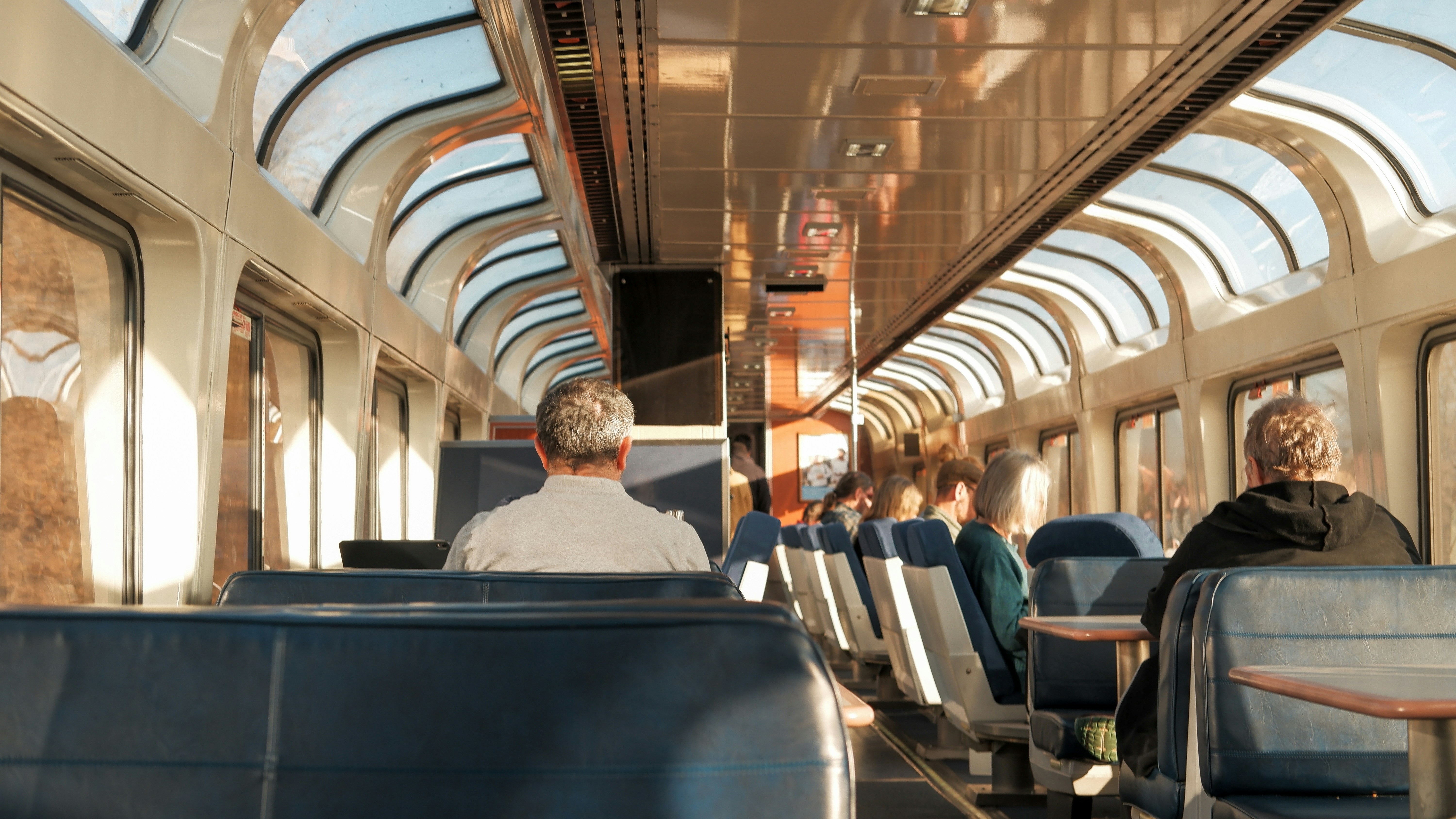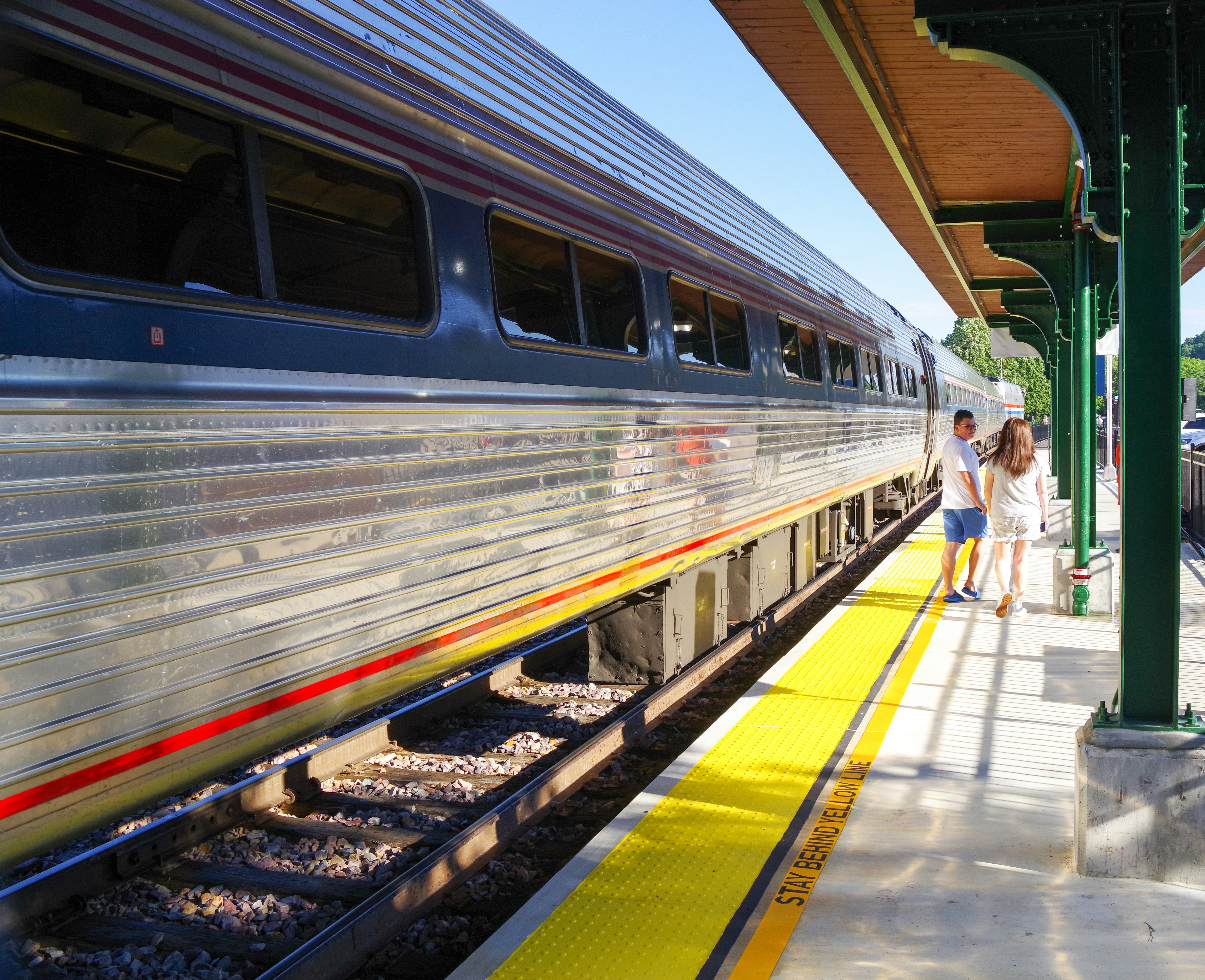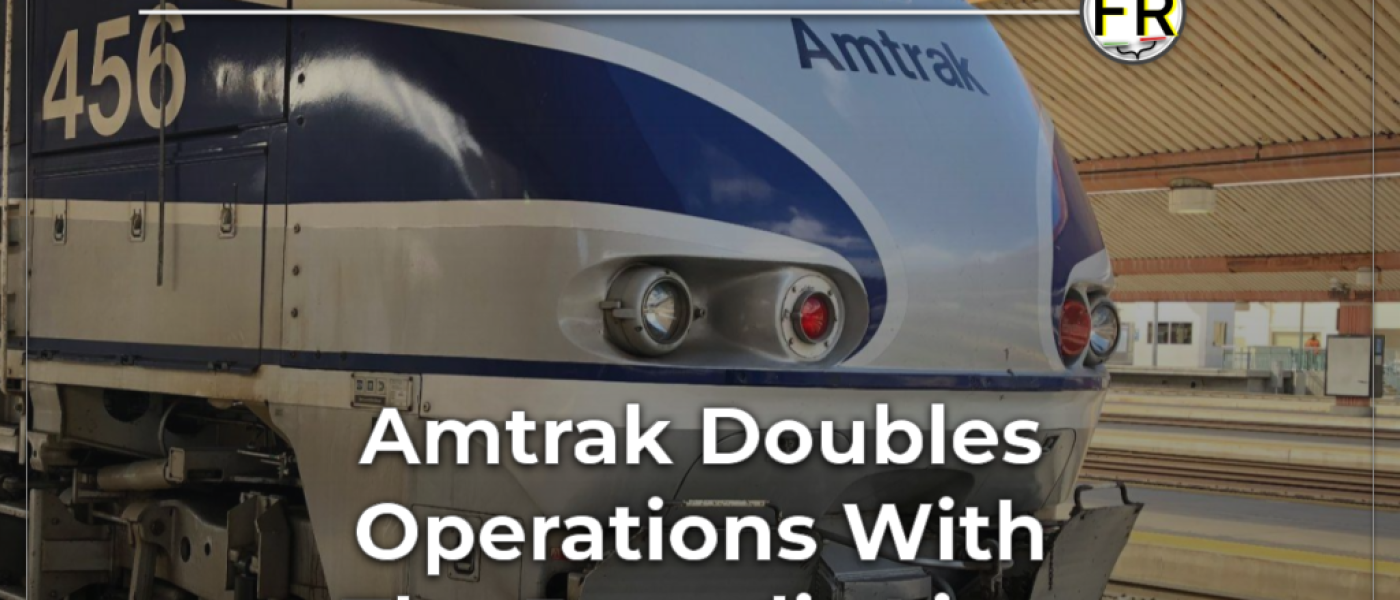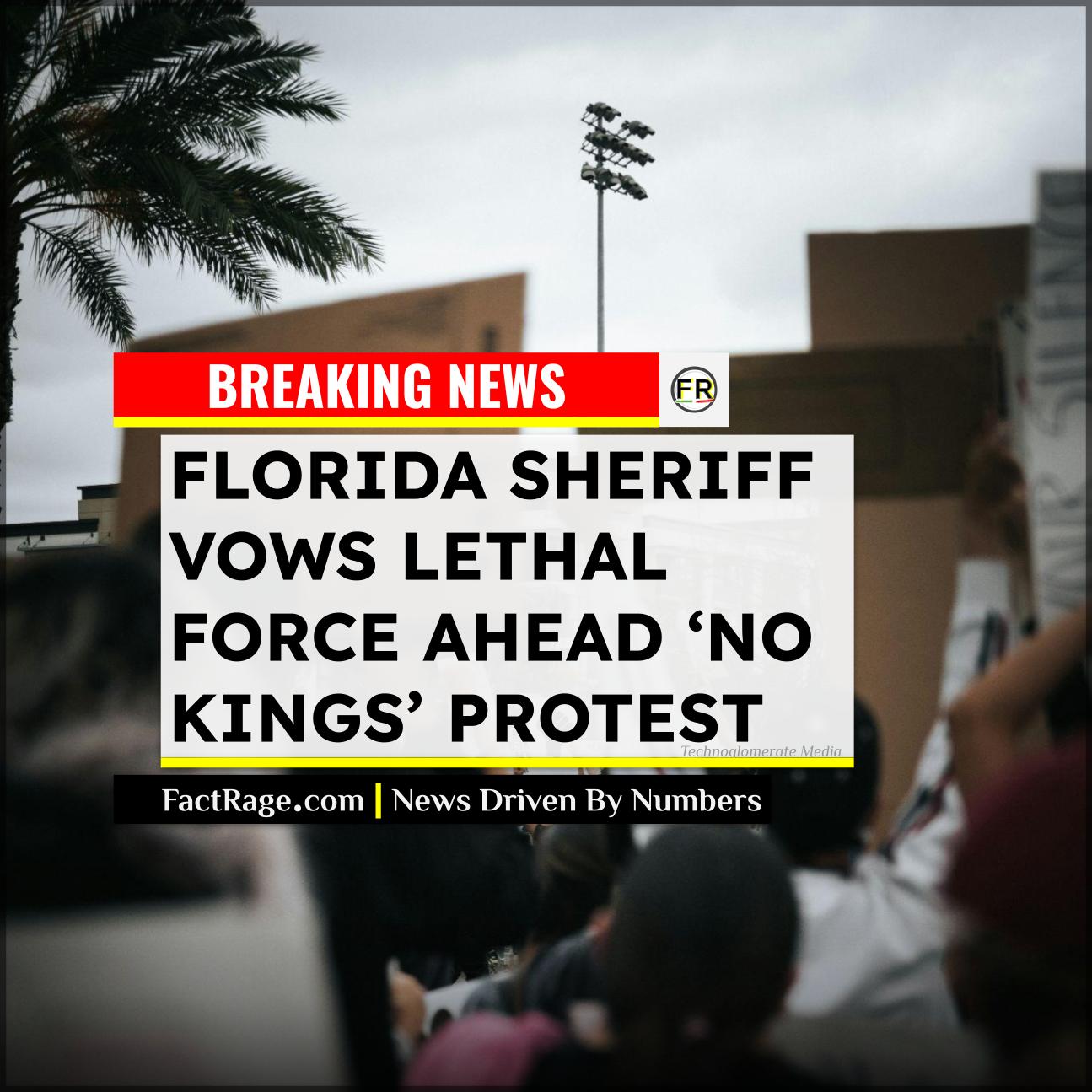ST. PAUL, MN – America’s enduring fascination with passenger trains got a new express route last month. On May 21, 2024, Amtrak launched the Borealis train, a new daily service connecting Saint Paul, Minnesota, and Chicago, Illinois, via Milwaukee, Wisconsin. This isn’t just another train; it’s a strategic move to beef up rail options in a busy corridor, and perhaps, a sign of things to come for the nation’s passenger rail network.
- New Service: Amtrak’s Borealis train, launched May 21, 2024, now offers daily service between Saint Paul, MN, and Chicago, IL, via Milwaukee, WI.
- Increased Connectivity: This new route effectively doubles daily rail options in the busy Midwest corridor, providing more flexible and faster travel for passengers.
- Expanding Vision: The Borealis signals Amtrak’s broader plans for growth, with federal support driving potential new routes and increased frequencies across the national network.
Why the Borealis Matters: More Than Just Another Train

For years, the only daily rail link between the Twin Cities and Chicago was Amtrak’s long-distance Empire Builder, a route that stretches all the way to the Pacific Northwest. While scenic, its extensive journey often meant delays and less-than-ideal schedules for Midwest travelers. The Borealis changes that.
Essentially an extension of an existing Chicago-Milwaukee Hiawatha service, the Borealis doubles the daily round trips between Milwaukee and Saint Paul. This means more flexible travel times, and a quicker, more reliable journey for those heading between the Twin Cities and Chicago – about 30 minutes faster than the Empire Builder on that segment.
The early returns are promising. The Borealis has been averaging over 600 daily passengers, contributing to a significant jump in overall ridership on the Chicago-Twin Cities route. Amtrak’s even considering a third daily round trip, showing the high demand for more convenient rail options in this region.
Amtrak’s Shifting Tracks: A Look at the Bigger Picture
Amtrak isn’t a typical for-profit company; its mission is to provide efficient intercity passenger rail that maximizes public benefit. And right now, things are looking up. They’re seeing strong ticket revenue, with customer demand driving sales across their network. Amtrak’s currently ahead of its operating plan for Fiscal Year 2025 ticket sales.
Of course, challenges remain. Like any major infrastructure operator, Amtrak needs consistent federal funding and significant investment to upgrade aging infrastructure and expand capacity, especially on the busy Northeast Corridor. However, a big boost from the federal Infrastructure Investment and Jobs Act is allowing Amtrak to push forward with numerous capital projects, with spending set to significantly increase in the next fiscal year.
Where the Borealis Fits In: A Complement, Not a Replacement

The Borealis isn’t here to replace the iconic Empire Builder. Instead, it’s a complementary service. While the Empire Builder offers sleeper cars, a full dining car, and an observation car for its cross-country journey, the Borealis is designed for shorter, regional trips. It offers standard coach seating and a café car, focusing on quicker, more punctual service between its key cities. Think of it as a reliable regional connection versus a cross-country adventure.
The Future of American Rail: More Trains on the Horizon?

The Borealis is part of a much larger vision for expanding and improving passenger rail across the U.S. The Federal Railroad Administration (FRA) recently laid out ambitious plans that could dramatically grow Amtrak’s network. Their study suggested introducing 15 new Amtrak routes and increasing frequencies on existing ones, potentially doubling the size of Amtrak’s operational network.
These proposals, estimated to cost tens of billions, aim to connect major cities and bring rail access to millions more Americans in underserved areas. We could see the return of daily service on routes like the Cardinal and Sunset Limited, which currently run only three times a week. There are even discussions about entirely new long-distance routes, such as Seattle to Denver, and Phoenix to Minneapolis/St. Paul. While funding and implementation will certainly be hurdles, the growing public interest and increased federal support suggest that for American passenger rail, the journey is just beginning.












